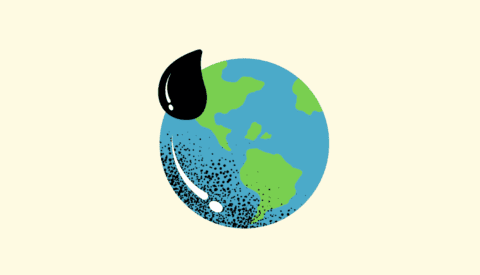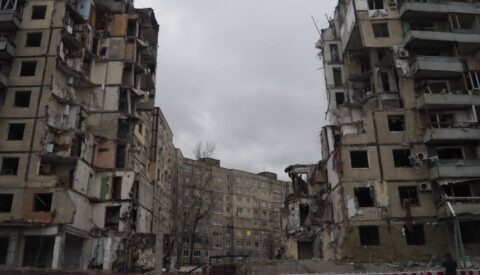A Hot Day Melts It, But Global Warming Could Make Chocolate Vanish For Good
The devastating effects of rising temperatures include denying to people across the world their favorite staple sweet. While 2050 is the date cited for the risk of chocolate disappearing, there are efforts to reverse the effects of climate change on the production of cocoa.
Article

Article
Climate change has devastating large-scale effects, including violent floods and intense heat waves, but it also has consequences for our mundane daily routines: that bar of chocolate you enjoy in the afternoon may become a luxury item by 2050. Experts predict we will see a drastic reduction in cocoa production as a result of an increasingly extreme climate.
Cocoa trees thrive under specific conditions: consistent temperatures, high humidity, abundant rainfall and protection from strong winds. These circumstances are only found in tropical rainforests, with the main producers in Côte d’Ivoire, Ghana, Ecuador and Indonesia.
According to the 2016 study «Climate and Chocolate» by the National Oceanic and Atmospheric Association (NOAA), the scientific agency of the U.S. Department of Commerce, it will become harder to harvest cocoa by 2050 due to evapotranspiration affecting the cultivation lands.
African heat
This means that as the planet’s temperature rises due to the climate crisis, the land will lose moisture through direct evaporation, coupled with the vegetation’s loss of water through transpiration.
One option being considered is genetically modifying cocoa seeds
Climate change will cause land where cocoa is currently harvested to become warmer and drier, putting cultivation at risk. According to a 2011 study on the impact of climate change in Ghana and Côte d’Ivoire, in order to continue cocoa production, Ghana will have to move its plantations from 450 to 500 meters above sea level, while Côte d’Ivoire will have to move them from 100 to 250 meters.
These may seem like small differences in elevation, but relocation can be challenging, including issues accessing difficult terrain or environmentally protected areas. The situation is not so different in other cocoa-producing regions beyond Ghana and Côte d’Ivoire, especially considering that cocoa only grows with a 20-degree radius north and south of the equator, where favorable meteorological and soil conditions are found.
A last chance
Researchers estimate that the necessary relocation of cocoa plantations to continue production could happen over several decades, so there is still room to adapt. One option being considered is genetically modifying cocoa seeds so that they may thrive in the new atmospheric conditions and survive long, dry periods ahead. Another option would be to produce chocolate artificially in laboratories, which is already being explored by a university in Colombia.
One option being considered is genetically modifying cocoa seeds so that they may thrive in the new atmospheric conditions and survive long, dry periods ahead
While those solutions are being developed, there is already a technique which can be practiced on the ground to mitigate the effects of climate change on cocoa plantations. Originating from Brazil, this technique is called ‘cabruca’ and is already being implemented in other countries. It involves preserving or replanting other trees from the rainforest in the same area as cocoa trees to provide shade. This helps reduce temperatures and the evapotranspiration phenomenon.
These companion trees also offer protection from strong winds and reduce soil erosion. UN-funded projects have already implemented this technique in cocoa-growing areas of Ghana with positive results.
This content is part of a collaboration agreement of ‘WorldCrunch’, with the magazine ‘Ethic’. Read the original at this link.






